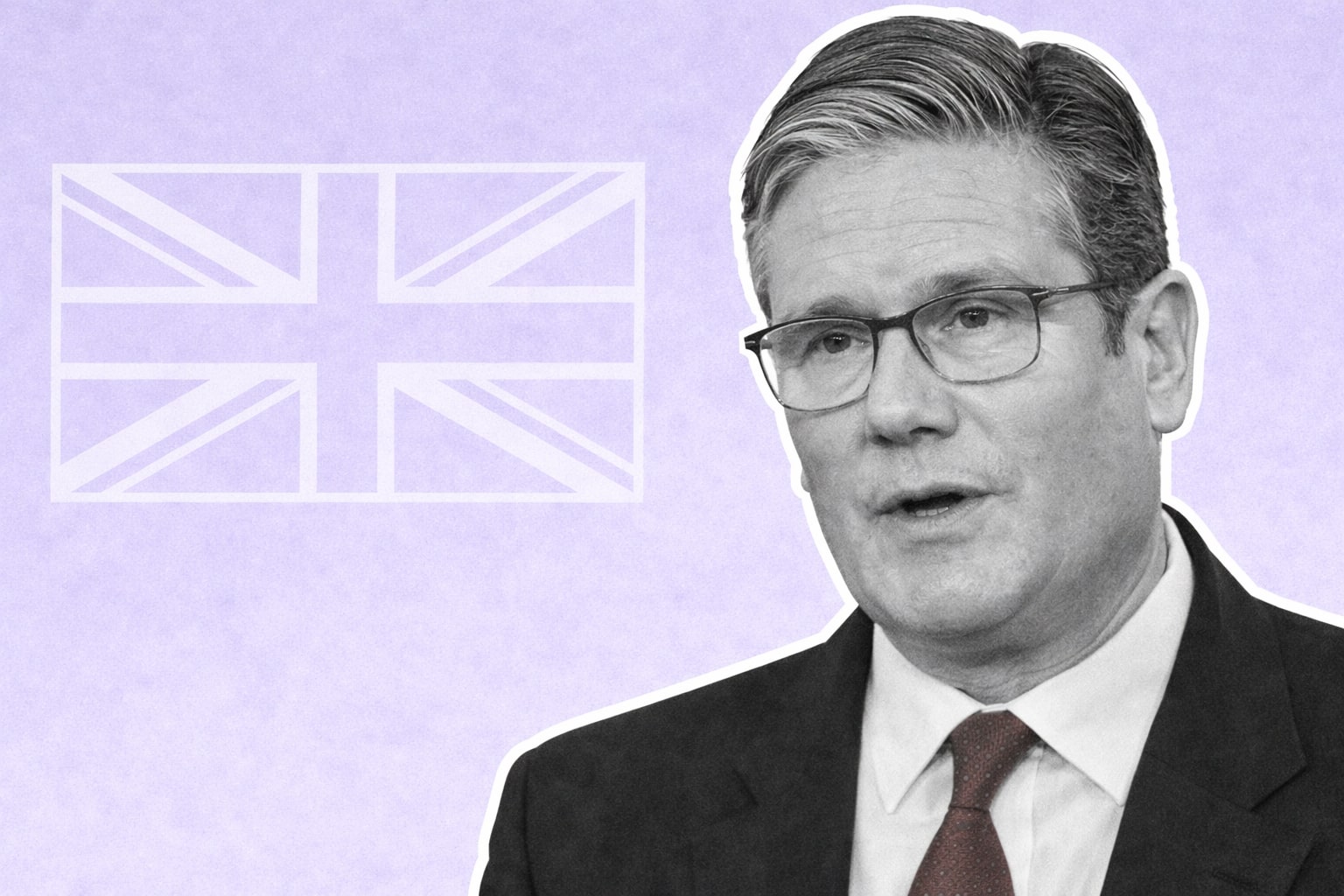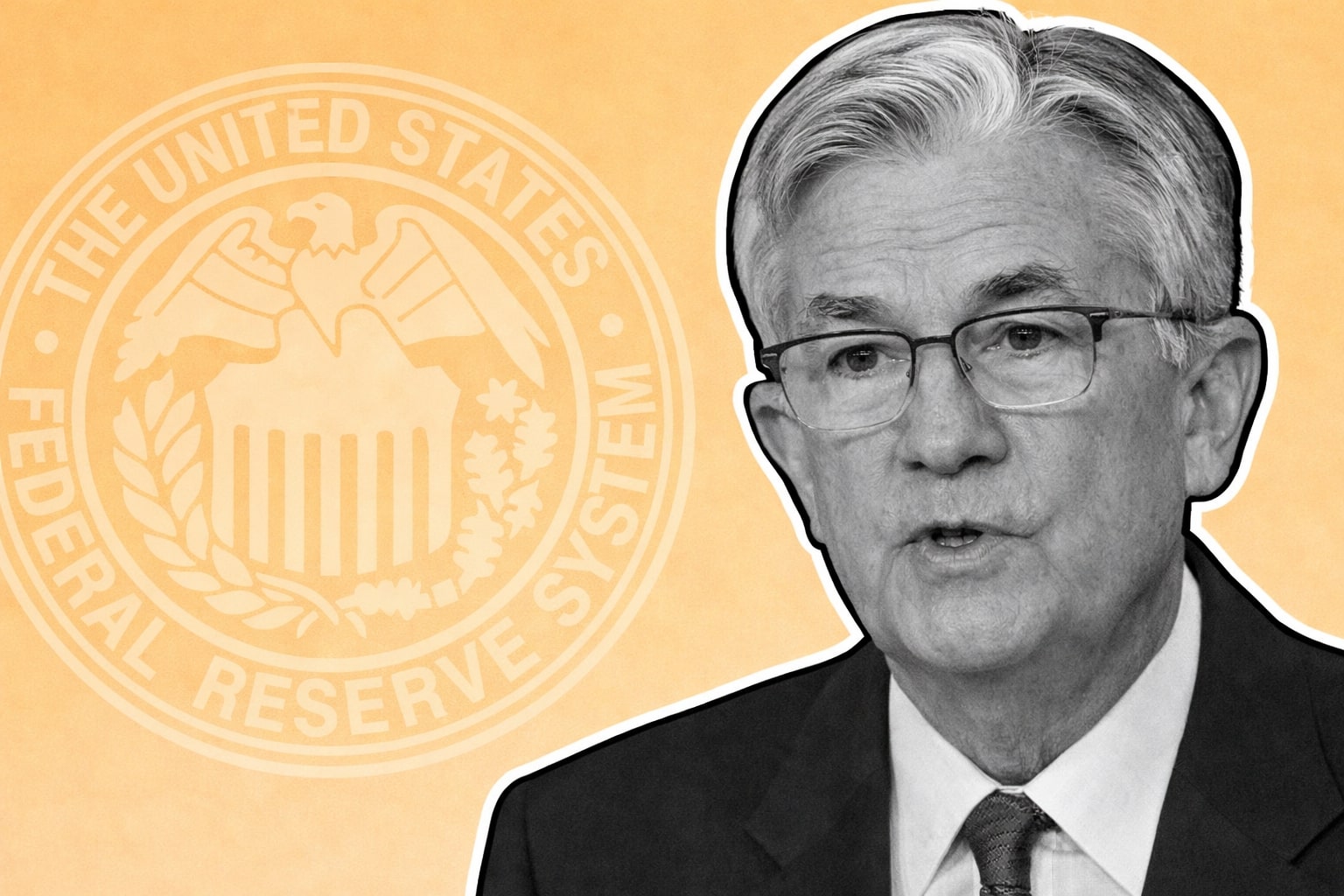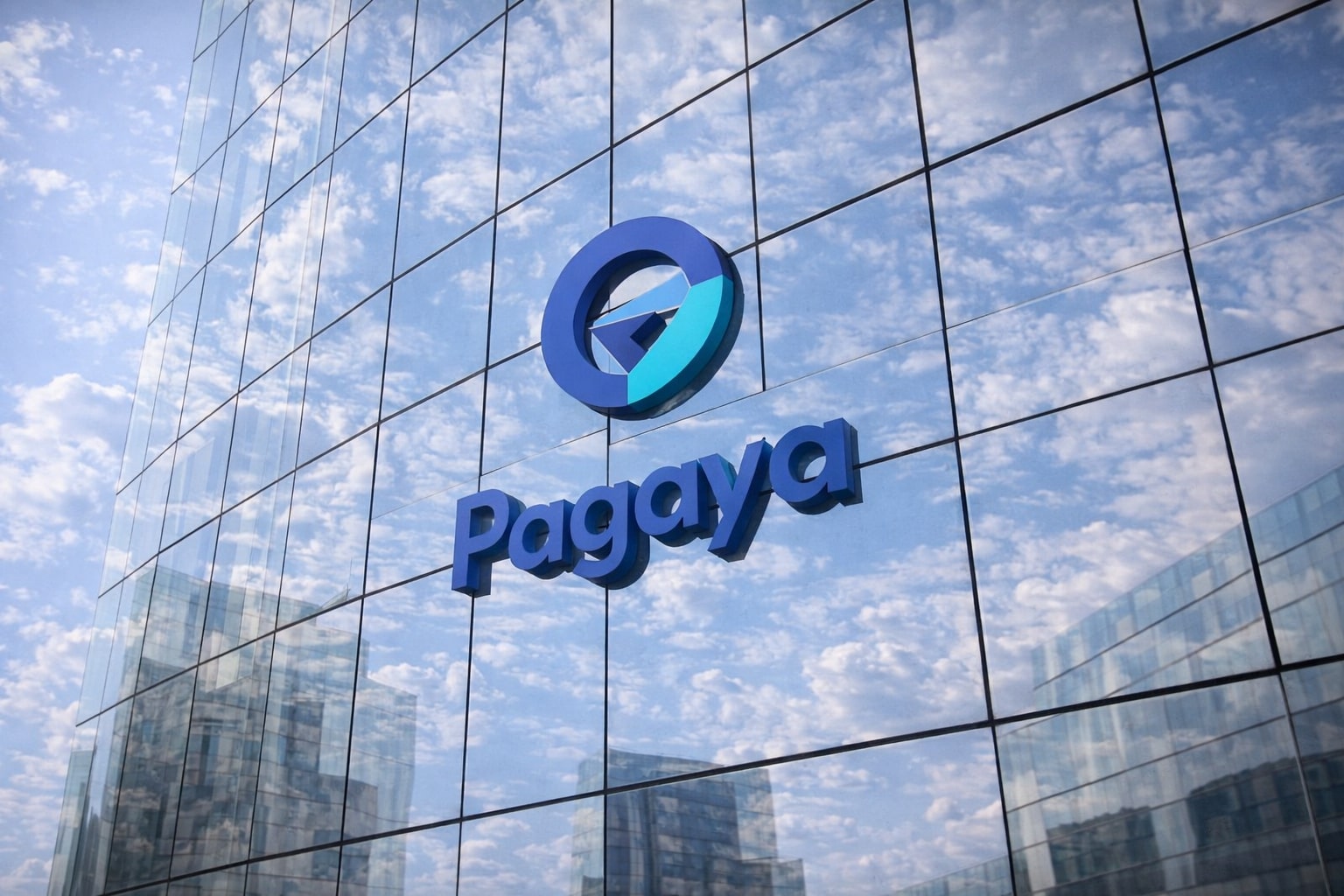Australian Central Bank Raises Interest Rates to 11-Year High Amid High Inflation and Economic Uncertainties
Interest Rate Hike and Persistent Inflation: Reserve Bank of Australia's Bold Move Amid Global Economic Challenges
The Australian economy faced a significant shift this week, as the Reserve Bank of Australia (RBA) opted to increase interest rates by a quarter-point, lifting the cash rate to an 11-year high of 4.1%. Despite expectations that the RBA would pause, the Central Bank went ahead with this measure to manage the persistent inflation issue that has been troubling the economy.
Inflation in Australia has indeed topped off, but at a significant 7%, the figures remain uncomfortably high. The RBA's Governor, Philip Lowe, acknowledged this and suggested that it would take considerable time before inflation could be brought back within the target range. The additional increment in interest rates aims to bolster confidence in the eventual return of inflation to target within a foreseeable time.
The RBA has been on a rigorous tightening spree, having increased interest rates by a massive 400 basis points since May the previous year. This tightening cycle marks the most assertive one in the bank's recent history. Interestingly, the bank had also surprised markets by hiking again in May after pausing only for a month to evaluate its prior tightening efforts.
Such decisions come at a time when global policymakers are battling stubbornly high inflation despite considerable increases in borrowing costs over the past 12-18 months. Several of these economies are either pausing or preparing to do so, fearing recessions.
The Bank of Canada and the Federal Reserve in the United States are amongst the key institutions dealing with this challenge. The former is set to debate its monetary policy decision following four rate pauses, while the latter anticipates concluding a series of ten straight rate increases, albeit with the door left ajar for future borrowing cost hikes.
This month's cash rate increase by the RBA is the second consecutive one. The move comes amid concerns that inflation is too slow to recede. The latest consumer price index from the Australian Bureau of Statistics revealed a 6.8% rise in prices over the year to April, an uptick from the March reading, partly due to the temporary fuel excise cut last year.
Philip Lowe also addressed the rising cost of services such as hospitality, which are labor-intensive and therefore susceptible to escalating wages. In his post-meeting statement, he highlighted the increasing risks to the inflation outlook and the RBA's response. Goods price inflation may be slowing, but services price inflation remains high and shows persistent characteristics overseas.
Westpac, one of the leading banks, announced that it would fully pass on the rate rise to mortgage borrowers from June 20, while it continues to review its savings rates. In the absence of other strong data supporting the need for a rate rise, some experts, such as Gareth Aird, CBA's head of Australian economics, argue that the RBA moved due to the minimum wage decision.
The federal government also voiced concerns, with Federal Treasurer Jim Chalmers asserting that the decision will significantly impact households, and it is the Reserve Bank's responsibility to explain its reasoning. In contrast, Shadow Treasurer Angus Taylor argued that the government needed to explain the various policies it accused of worsening inflation.
The market had already factored in around a 35% chance of a rate rise in June, and economist forecasts were divided. The increase will translate into an additional $76 per month for repayments on a $500,000 loan, and twice that on a million-dollar 25-year mortgage. Since the RBA began increasing rates from a record low of 0.1% in May the previous year, someone with $500,000 owing on their home loan has seen their monthly repayments increase by approximately $1,134.
Philip Lowe also signaled the possibility of further monetary policy tightening to ensure inflation returns to target within a reasonable timeframe. However, the decision will depend on how the economy and inflation evolve.
Market predictions imply a peak cash rate around 4.3% by October, with a small possibility of a rate cut before Christmas, according to Bloomberg data. Despite the rising mortgage costs, certain sections of the community were benefiting from higher deposit rates. However, others are experiencing a significant squeeze on their finances. As such, the combination of higher interest rates and cost-of-living pressures are causing a substantial slowdown in household spending.
However, these decisions might not be without consequence. The veteran housing market analyst and SQM Research managing director Louis Christopher believes rates have now hit a tipping point that will trigger a double dip housing downturn. ANZ, which recently lifted its predicted peak in the cash rate to 4.35%, said that forecast may need to be revised higher.
The RBA’s decision has faced backlash from various quarters. The ACTU secretary, Sally McManus, criticized the RBA, saying it seems “hell-bent on crushing consumers” and continues to punish those who did nothing to cause the cost-of-living crisis.
Governor Lowe, in his statement, highlighted that at the aggregate level, wages growth is still consistent with the inflation target, provided that productivity growth picks up. But only time will reveal how effectively these measures will temper inflation and the overall impact on the Australian economy.
Read More
-
Pagaya Stock Price Forecast - PGY at $23.20: Is PGY Stock the Cheapest AI Fintech of 2026?
19.12.2025 · TradingNEWS ArchiveStocks
-
XRP Price Forecast: XRP-USD Stuck at $1.87 With $3 2026 Target and $10–$25 Long-Term Range
19.12.2025 · TradingNEWS ArchiveCrypto
-
Oil Price Forecast: WTI Near $56 and Brent at $60 Signal Risk Toward $50
19.12.2025 · TradingNEWS ArchiveCommodities
-
Stock Market Today: AI Chip Rally Lifts Nasdaq as $7.1T Quad Witching Hits
19.12.2025 · TradingNEWS ArchiveMarkets
-
GBP/USD Price Forecast - Pound at 1.34 As BoE Cut And Soft Dollar Keep Bullish Path Toward 1.35
19.12.2025 · TradingNEWS ArchiveForex


















